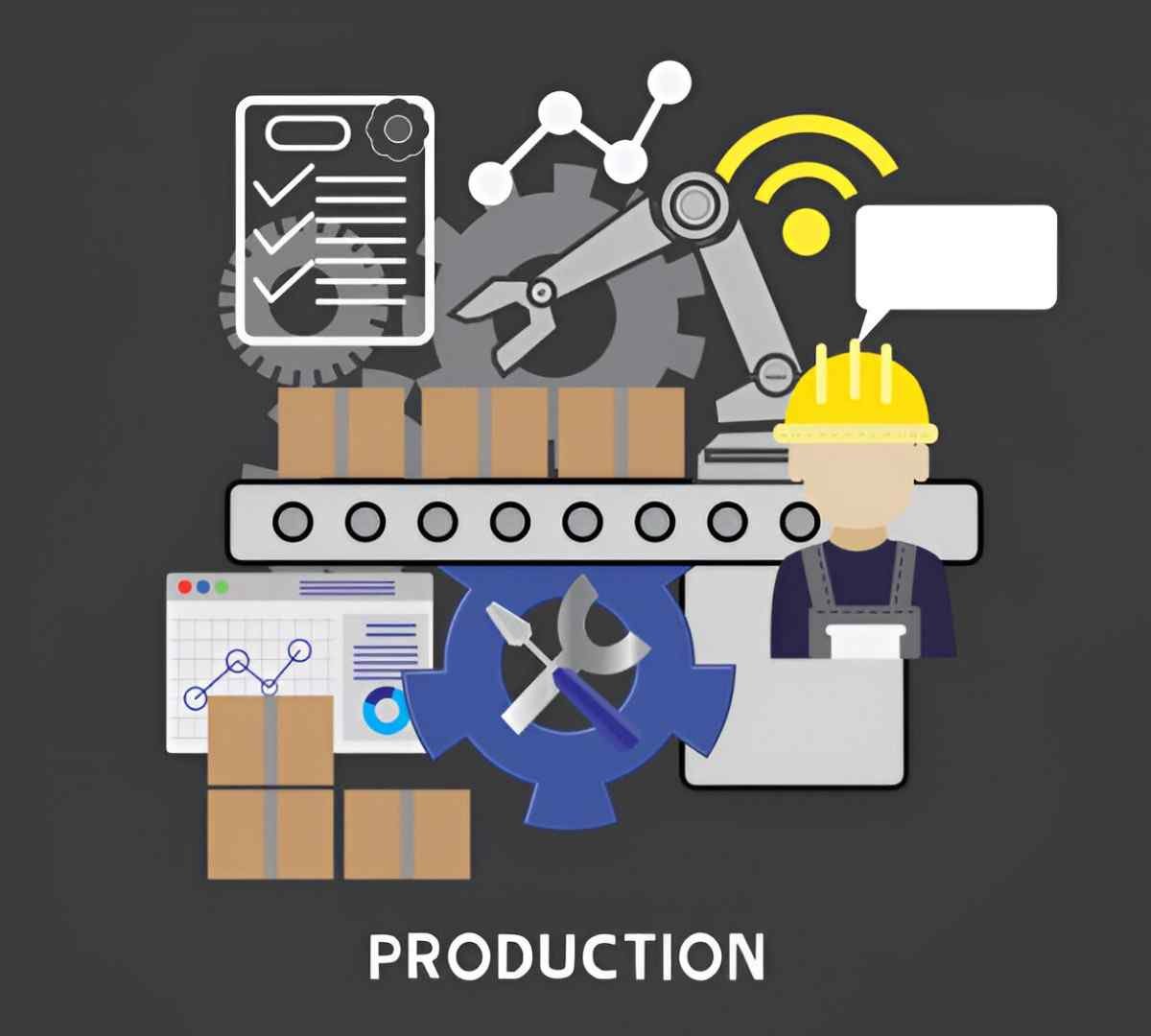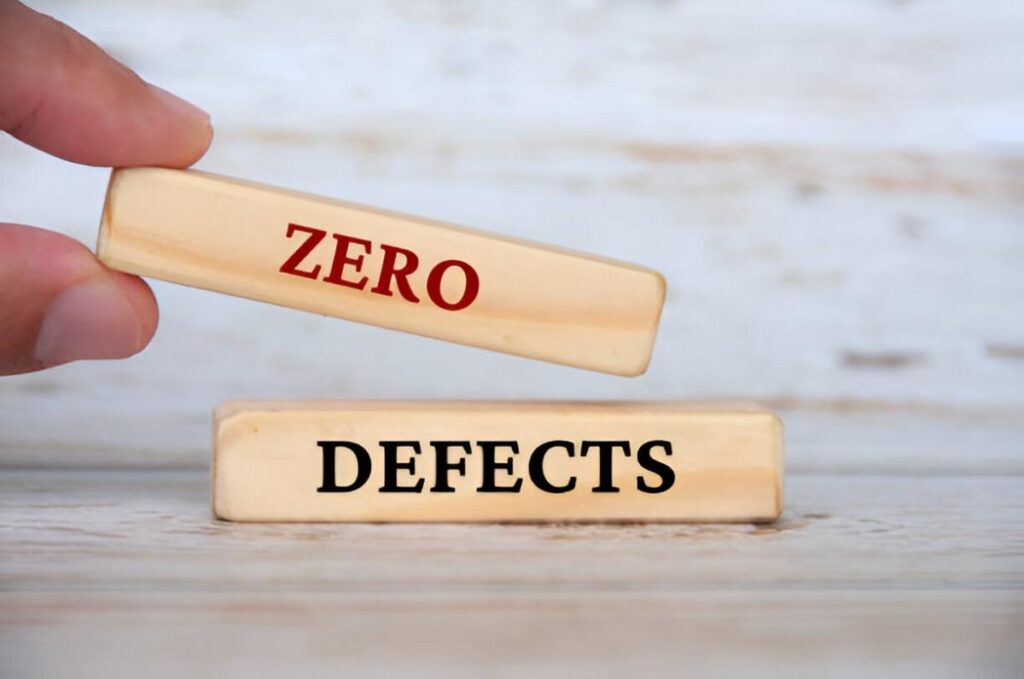As a finance professional with years of experience in cost accounting and asset depreciation, I often encounter confusion around the production-unit method. Many accountants and business owners struggle to grasp its mechanics, benefits, and real-world applications. In this guide, I break down the production-unit method in detail, providing clarity through examples, calculations, and comparisons.
Table of Contents
What Is the Production-Unit Method?
The production-unit method is a depreciation technique that allocates an asset’s cost based on its actual usage rather than time. Unlike straight-line or declining balance methods, which spread depreciation evenly over an asset’s useful life, this method ties expense recognition directly to production output.
Key Characteristics
- Usage-Based Depreciation: Expenses fluctuate with production levels.
- Ideal for Heavy Machinery & Equipment: Best suited for assets whose wear and tear depend on operational activity.
- Variable Expense Recognition: Matches costs with revenue generation, aligning with the matching principle in accounting.
How the Production-Unit Method Works
The formula for calculating depreciation under this method is:
Depreciation\:Per\:Unit = \frac{Cost\:-\:Salvage\:Value}{Total\:Estimated\:Units\:of\:Production} Annual\:Depreciation\:Expense = Depreciation\:Per\:Unit \times Units\:Produced\:in\:the\:YearExample Calculation
Suppose a manufacturing company purchases a machine for $500,000 with an estimated salvage value of $50,000 and a total production capacity of 900,000 units over its useful life.
- Depreciation per Unit Calculation:
Annual Depreciation Based on Production:
- Year 1: 200,000 units produced → 200,000 \times 0.50 = \$100,000
- Year 2: 150,000 units produced → 150,000 \times 0.50 = \$75,000
This method ensures that depreciation expense aligns with actual machine usage.
Advantages of the Production-Unit Method
1. Better Cost Matching
Since depreciation is tied to production, expenses rise in high-output periods and fall when production slows. This provides a more accurate reflection of an asset’s contribution to revenue.
2. Tax and Financial Reporting Flexibility
Businesses with fluctuating production levels benefit from variable depreciation expenses, which can smooth out taxable income.
3. Fair Asset Valuation
Assets depreciate based on wear and tear rather than arbitrary timeframes, leading to more realistic book values.
Limitations and Considerations
1. Requires Accurate Production Estimates
If total production capacity is misjudged, depreciation calculations become unreliable.
2. Not Suitable for All Assets
Office buildings, furniture, and other time-dependent assets are better suited for straight-line depreciation.
3. Higher Administrative Effort
Tracking production units demands robust record-keeping, which may increase accounting costs.
Comparison with Other Depreciation Methods
| Method | Basis of Depreciation | Best For | Key Advantage |
|---|---|---|---|
| Production-Unit | Actual usage (units) | Manufacturing equipment, vehicles | Matches expense with revenue |
| Straight-Line | Equal annual amounts | Buildings, office furniture | Simplicity and predictability |
| Double Declining Balance | Accelerated (higher early expenses) | Tech, fast-depreciating assets | Front-loaded tax benefits |
Real-World Application: A Case Study
A textile factory uses industrial looms to produce fabric. Each loom costs $300,000, has a salvage value of $30,000, and is expected to produce 2,000,000 meters of fabric over its life.
- Depreciation per Meter:
Yearly Depreciation:
2023 Output: 500,000 meters → 500,000 \times 0.135 = \$67,500
2024 Output: 450,000 meters → 450,000 \times 0.135 = \$60,750
This approach ensures the looms’ depreciation aligns with actual production, improving financial accuracy.
When Should You Use the Production-Unit Method?
I recommend this method for businesses where:
- Asset wear and tear is directly linked to output (e.g., mining equipment, delivery trucks).
- Production levels vary significantly year-over-year.
- Accurate production tracking systems are in place.
Common Mistakes to Avoid
- Overestimating Total Production Capacity → Leads to under-depreciation.
- Ignoring Salvage Value → Overstates depreciation expense.
- Applying It to Inappropriate Assets → Causes mismatched financial reporting.
Final Thoughts
The production-unit method is a powerful yet underutilized depreciation strategy. By linking expenses to actual usage, businesses achieve fairer financial statements and better tax outcomes. However, it requires precise production tracking and is not a one-size-fits-all solution.





